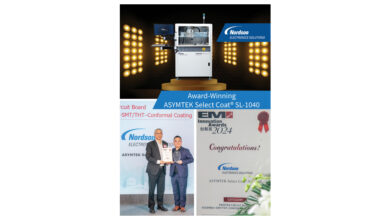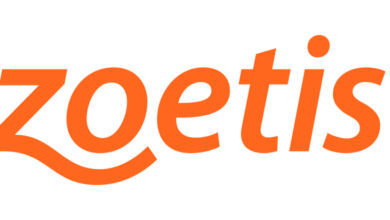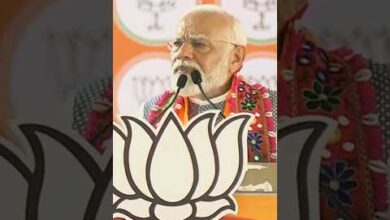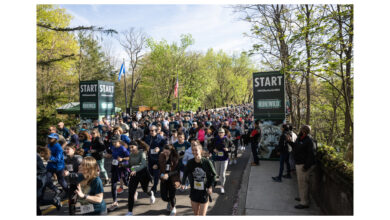Worldwide Negative Pressure Wound Therapy Industry to 2026 – Featuring Acelity, Cardinal Health and Talley Among Others – ResearchAndMarkets.com
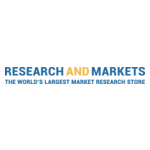
DUBLIN–(BUSINESS WIRE)–The “Negative Pressure Wound Therapy Market: Global Industry Trends, Share, Size, Growth, Opportunity and Forecast 2021-2026” report has been added to ResearchAndMarkets.com’s offering.
The global negative pressure wound therapy market reached a value of US$ 2,370 Million in 2020. Looking forward, the publisher expects the market to grow at a CAGR of 5.4% during 2021-2026.
Companies Mentioned
- Acelity
- Cardinal Health Inc.
- Carilex Medical Inc.
- ConvaTec Group PLC
- Deroyal
- Genadyne Biotechnologies Inc.
- Lohmann & Rauscher International GmbH & Co. Kg
- Medela
- Molnlycke Health Care AB (A Subsidiary of Investor AB)
- Smith & Nephew
- Talley Group
Keeping in mind the uncertainties of COVID-19, we are continuously tracking and evaluating the direct as well as the indirect influence of the pandemic on different end use sectors. These insights are included in the report as a major market contributor.
The negative pressure wound therapy (NPWT), or vacuum-assisted closure, refers to a therapeutic technique used to treat chronic wounds, infections and burns through a vacuum dressing. It is also used for treating diabetic ulcers, pressure ulcers, skin flaps and grafts. It involves a sealed wound dressing attached to a pump that creates negative pressure in and around the wound to increase the blood flow and draw out excess fluid. This aids in the formation of granulation tissue, enhancing the blood flow and wound contraction while minimizing edema and preventing external contamination.
The increasing prevalence of chronic lifestyle disorders, such as diabetes and obesity, is one of the key factors driving the growth of the market. In line with this, the growing geriatric population, which is more susceptible to such medical ailments, is also contributing to the market growth. The rising incidences of diabetes mellitus are acting as another major growth-inducing factor. Diabetes mellitus is one of the most common causes of arterial and diabetic foot ulcers, which are treated using NPWT devices. Additionally, the increasing utilization of technologically advanced single-use NPWT devices is also providing a boost to the market growth. In comparison to the traditionally used tools, these devices are disposable, portable and highly cost-effective and can also be used for providing healthcare at home, thereby eliminating the need for prolonged hospital stays. Apart from this, the production of multi-wound NPWT devices and the development of dynamic pressure control and leak detection systems are contributing to the market growth. Other factors, including improving healthcare infrastructure, along with extensive research and development (R&D) activities, are projected to drive the market further.
Key Questions Answered in This Report:
- How has the global negative pressure wound therapy market performed so far and how will it perform in the coming years?
- What are the key regional markets?
- What has been the impact of COVID-19 on the global negative pressure wound therapy market?
- What is the breakup of the market based on the device?
- What is the breakup of the market based on the component?
- What is the breakup of the market based on the wound type?
- What is the breakup of the market based on the indication?
- What is the breakup of the market based on the end-user?
- What are the various stages in the value chain of the industry?
- What are the key driving factors and challenges in the industry?
- What is the structure of the global negative pressure wound therapy market and who are the key players?
- What is the degree of competition in the industry?
Key Topics Covered:
1 Preface
2 Scope and Methodology
3 Executive Summary
4 Introduction
4.1 Overview
4.2 Key Industry Trends
5 Global Negative Pressure Wound Therapy Market
5.1 Market Overview
5.2 Market Performance
5.3 Impact of COVID-19
5.4 Market Forecast
6 Market Breakup by Device
7 Market Breakup by Component
8 Market Breakup by Wound Type
9 Market Breakup by Indication
10 Market Breakup by End-User
11 Market Breakup by Region
12 SWOT Analysis
13 Value Chain Analysis
14 Porters Five Forces Analysis
15 Price Indicators
16 Competitive Landscape
16.1 Market Structure
16.2 Key Players
16.3 Profiles of Key Players
For more information about this report visit https://www.researchandmarkets.com/r/8mkxi1
Contacts
ResearchAndMarkets.com
Laura Wood, Senior Press Manager
[email protected]
For E.S.T Office Hours Call 1-917-300-0470
For U.S./CAN Toll Free Call 1-800-526-8630
For GMT Office Hours Call +353-1-416-8900


